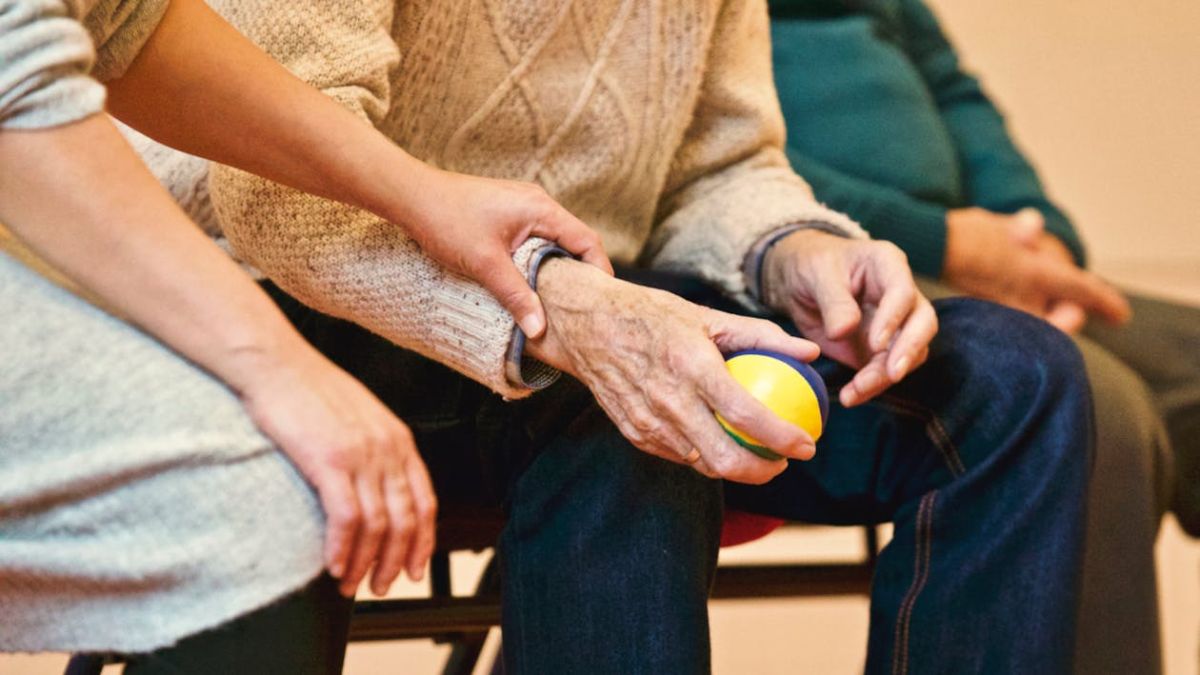When breast cancer is detected early, the Center for Disease Control (CDC) says patients have a 98% chance of beating it. The CDC also says that about 2 in 3 breast cancer cases are diagnosed at a localized stage, meaning the cancer has not spread outside the breast, and that when caught at this stage the patient will most likely survive with modern medicine and technology.
A mammogram is the best technology available to detect breast cancer early and can identify cancerous tissue up to three years before it can be detected by touch. But what is a mammogram?
A mammogram is an X-ray picture of the breast. It is used to detect and diagnose breast disease in women who either have breast problems, such as a lump, pain, or nipple discharge.
Even if a woman does not have any breast complaints, she should still get a mammogram as recommended by their health care team. The procedure allows detection of breast cancers , benign tumors, and cysts.
Mammograms cannot prove that an abnormal area is cancer, but if it raises a significant suspicion of cancer, tissue will be removed for further testing.
How is a mammogram done?
If this is your first mammogram, it is better that you wear a skirt or pants as you will be asked to undress the top half of your body.
You will stand in front of a special X-ray machine. A technologist will place your breast on a plastic plate. Another plate will firmly press your breast from above. The plates will flatten the breast, holding it still while the X-ray is being taken. You will feel some pressure.
The steps are repeated to make a side view of the breast. The other breast will be X-rayed in the same way. You will then wait while the technologist checks the X-rays to make sure the pictures do not need to be redone. Keep in mind that the technologist cannot tell you the results of your mammogram.
What does having a mammogram feel like?
Mammograms are somewhat uncomfortable for most women; some even find it painful. It only takes a few moments and the discomfort will end very soon. Your discomfort level depends on the skill of the technologist, the size of your breasts, and how much they need to be pressed.
It’s recommended not to schedule mammograms close to your period when your breasts may be more sensitive.
When will I get the results of my mammogram?
You won’t get the results during the mammogram appointment and it’s best to just keep a positive mindset while you wait the days or weeks for your result.
If there is a concern, you will hear from the mammography facility earlier. Contact your health care provider or the mammography facility if you do not receive a report of your results within 30 days.
What happens if my mammogram is normal?
A normal mammogram is excellent news, but you will have to continue getting mammograms at recommended time intervals.
Cancer.org recommends the following schedule based on age.
Women ages 40 to 44 should have the choice to start annual breast cancer screening with mammograms (x-rays of the breast) if they wish to do so.
Women age 45 to 54 should get mammograms every year.
Women 55 and older should switch to mammograms every 2 years, or can continue yearly screening.
If you have elevated risk factors, you can start scheduling mammograms even before 40, but this is something you should discuss with your doctor.
Mammograms work best when they can be compared with previous ones. This allows the radiologist to compare them to look for changes in your breasts.
What happens if my mammogram is abnormal?
An abnormal mammogram does not always mean that there is cancer.
But you will need to have additional mammograms, tests, or exams before the doctor can tell for sure. You may also be referred to a breast specialist or a surgeon but this does not necessarily mean you have cancer or need surgery. Doctors will do follow-up tests to diagnose breast cancer or to confirm that there is no cancer.Other tests include:
Breast ultrasound: a machine that uses sound waves to make pictures, called sonograms, of areas inside the breast.
Breast magnetic resonance imaging (MRI): is a body scan that uses a magnet linked to a computer. The MRI scan will make detailed pictures of areas inside the breast.
Biopsy :this test removes tissue or fluid from the breast to be looked at under a microscope and do more testing. There are different kinds of biopsies (for example, fine-needle aspiration, core biopsy, or open biopsy).
The best defense is a good offense when it comes to breast cancer. A mammogram that can detect abnormalities years before you can feel it is an excellent way to keep up with your breast health. It’s the first step in ensuring you have the best odds and course of action if something is wrong.
If you need assistance making it to your mammogram appointments, True Care offers medical escorts as part of their concierge health services. Scheduling a ride that will consider any mobility limitations you may have, courteous staff, and safe drivers will be one less concern to worry about. Get more information by visiting our intake page and setting up a call with any one of our knowledgeable customer service representatives.





